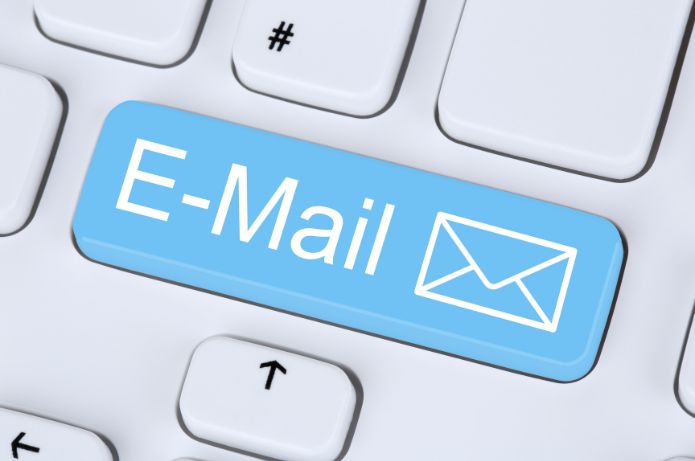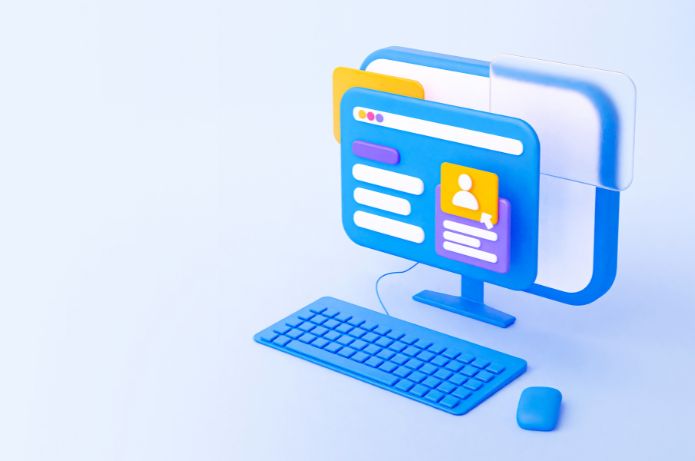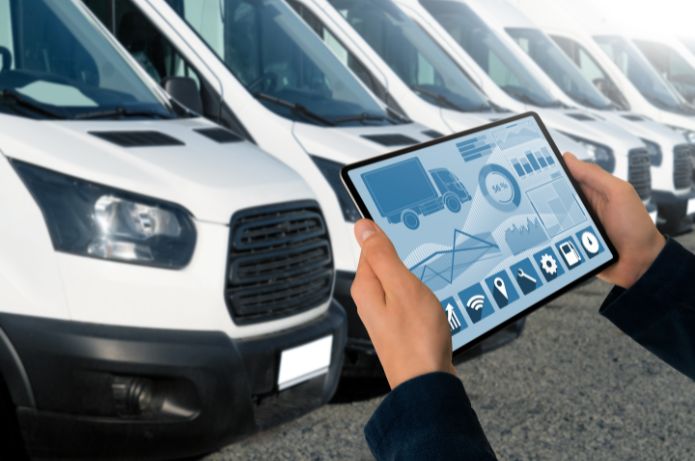Definition:
Cyber Monday, or "Cyber Monday" in Portuguese, it is an online shopping event that takes place on the first Monday after Thanksgiving Day in the United States. This day is characterized by great promotions and discounts offered by online retailers, becoming one of the busiest days of the year for e-commerce
Origin:
The term "Cyber Monday" was coined in 2005 by the National Retail Federation (NRF), the largest retail association in the United States. The date was created as an online counterpart to Black Friday, that traditionally focused on sales in physical stores. NRF noted that many consumers, upon returning to work on Monday after the Thanksgiving holiday, they took advantage of the high-speed internet from the offices to shop online
Features:
1. Focus on e-commerce: Unlike Black Friday, that initially prioritized sales in physical stores, Cyber Monday is exclusively focused on online shopping
2. Duration: Originally a 24-hour event, many retailers now extend promotions for several days or even an entire week
3. Types of products: Although it offers discounts on a wide range of items, Cyber Monday is particularly known for great promotions on electronics, gadgets and technology products
4. Global reach: Initially an American phenomenon, Cyber Monday has expanded to many other countries, being adopted by international retailers
5. Consumer preparation: Many buyers plan ahead, researching products and comparing prices before the day of the event
Impact:
Cyber Monday has become one of the most profitable days for e-commerce, generating billions of dollars in sales annually. He not only boosts online sales, but also influences the marketing and logistics strategies of retailers, that prepare extensively to handle the high volume of orders and traffic on their websites
Evolution:
With the growth of mobile commerce, many Cyber Monday purchases are now made through smartphones and tablets. This led retailers to optimize their mobile platforms and offer specific promotions for mobile device users
Considerations:
Although Cyber Monday offers great opportunities for consumers to find good deals, it is important to stay vigilant against online fraud and impulsive purchases. Consumers are advised to check the reputation of sellers, compare prices and read the return policies before making purchases
Conclusion:
Cyber Monday has evolved from a simple day of online promotions to a global retail phenomenon, marking the start of the Christmas shopping season for many consumers. He highlights the growing importance of e-commerce in the contemporary retail landscape and continues to adapt to the technological and behavioral changes of consumers











